
Premium WPC Exterior Cladding - Durable & Stylish Wall Solutions for Outdoors
- Introduction to WPC exterior cladding: material, evolution, and current trends.
- Outstanding technical advantages of WPC compared to traditional facade materials.
- Manufacturers landscape: global players and product differentiation in the WPC cladding market.
- Comprehensive comparison: price, durability, warranties, and installation ease.
- Customisation possibilities: colour, texture, dimensions, and project adaptability.
- Application case studies across continents—commercial, residential, and public sector.
- Final thoughts: The future of WPC exterior cladding and its expanding influence in sustainable architecture.
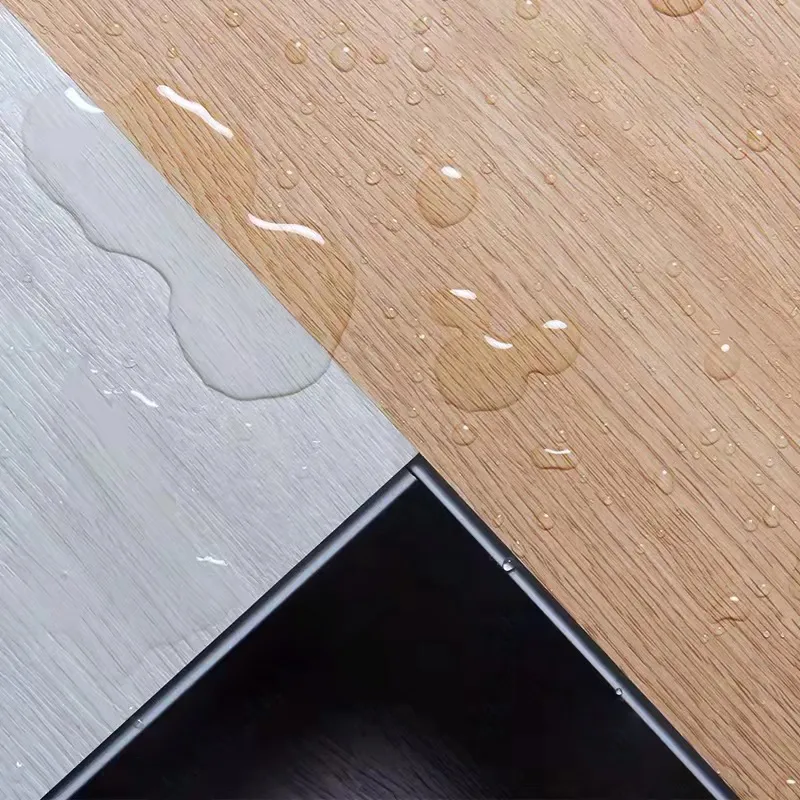
(wpc exterior cladding)
Understanding WPC Exterior Cladding: Innovation in Facade Design
Wood-Plastic Composite (WPC) exterior cladding has rapidly become a defining innovation in modern architectural design, merging the aesthetic appeal of natural wood with the enhanced resilience of advanced composites. Traditionally, exterior cladding solutions have been dominated by natural timber, stone, fibre cement, and vinyl. However, with the global drive towards sustainability, WPC exterior cladding presents a compelling alternative: it is crafted from a combination of wood fibres and thermoplastics, often sourced from recycled streams. This eco-friendly composition, combined with intrinsic durability, has fuelled a market CAGR of over 12% in the last five years, according to MarketsandMarkets. WPC cladding not only resists time and elements but also brings a modern texture, rich palette, and design flexibility, answering the contemporary architect’s and builder’s demands for aesthetics, performance, and sustainability.
Technical Advantages: Why WPC Outshines Conventional Cladding
The technical superiority of WPC cladding for exterior walls is underpinned by several key performance metrics. Unlike timber, WPC panels exhibit exceptional resistance to rot, warping, and insect infestation, all without the need for annual sealing or repainting. The UV-resistant treatment of quality WPC surfaces ensures colour stability—an area where traditional wood fades rapidly under direct sunlight. Moreover, the moisture absorption rate for premium WPC is typically less than 1.2%, compared to up to 12% for high-grade softwoods; this property virtually eliminates risks of swelling or delamination in high-rainfall environments.
Fire ratings are another benchmark: WPC exterior wall cladding products commonly achieve EN 13501-1 Class B or higher, making them suitable for a variety of applications where safety is paramount. Thermal conductivity values for WPC panels are recorded between 0.20–0.25 W/mK, contributing to improved building envelope efficiency. Fundamentally, the lifecycle greenhouse gas emissions associated with WPC cladding are up to 60% lower than for aluminium or fibre cement, according to research published by the Green Building Council.
WPC Cladding Manufacturers: Market Leaders and Product Differentiation
The landscape of WPC exterior wall cladding manufacturers is both diverse and sophisticated. Industry leaders such as Trex (USA), Fiberon (USA), UPM ProFi (Finland), Eva-Last (South Africa), and Tecnodeck (Portugal) compete alongside a range of specialised Asia-based suppliers including MexyTech and Oulida. Differentiation within the sector is now focused on innovation in design rather than merely material basics; modular assembly systems, concealed fasteners, and enhanced grain simulations are now standard.
Manufacturers are also increasing recycled content—some offering products with up to 95% recycled materials. Globalisation of supply chains and advancements in extrusion technology have enabled these companies to address varied climate challenges and localisation requirements. While American and European brands typically emphasise rigorous quality assurance and extended warranties, Asian manufacturers are more price-competitive, often focusing on large-scale, rapid delivery. Nevertheless, all major players invest intensely in R&D, pursuing durability, colour stability, and anti-stain technologies.
Comparing WPC Cladding: Price, Performance & Guarantees Table
A comprehensive comparison illustrates the true cost-benefit analysis of WPC cladding for exterior applications, including standard pricing, longevity, maintenance savings, and warranty scope. Below is a detailed market comparison for 2024, using leading global brands:
| Manufacturer | Price (USD/m²) | Typical Lifespan (Years) | Warranty | Maintenance Needs | Fire Rating | Recycled Content (%) |
|---|---|---|---|---|---|---|
| Trex | $68 | 25+ | 25 years | Low—annual wash | Class B | 95% |
| Fiberon | $62 | 25 | 25 years | Minimal | Class B | 88% |
| UPM ProFi | $75 | 30 | 25 years | Minimal | Class B | 92% |
| MexyTech | $39 | 15–20 | 15 years | Low | Class C | 80% |
| Oulida | $36 | 15–20 | 10 years | Low | Class C | 75% |
| Tecnodeck | $56 | 20–25 | 20 years | Minimal | Class B | 87% |
Market prices and specifications are subject to regional variation. Higher upfront cost is typically correlated with extended warranties and advanced surface treatments.
Tailored Solutions: Customisation Options for Every Project
One of the defining advantages of modern WPC cladding solutions lies in customisation. Architects and end users can select from a portfolio of hundreds of textures—ranging from deep woodgrain and minimalist mattes to metallic finishes and custom-colour blends. Leading WPC exterior wall cladding manufacturers provide three primary dimensions (commonly 140mm, 156mm, and 193mm panel widths), but CNC fabrication enables millimetre-precision for bespoke applications.
The flexibility doesn’t end at sizing or appearance: various fastening systems are available for different project needs, including concealed quick-lock ribbons and traditional visible screws. Acoustic insulation properties, fire ratings, and anti-graffiti coatings can be specified per project. Project-specific moulding, curved elements, and mixed-material composite profiles accommodate even the most ambitious facade concepts. This breadth of customisation unlocks huge potential for branding, wayfinding, and blending cladding with other facade elements—glass, aluminium, render, or natural stone.
Global Case Studies: WPC Exterior Cladding in Action
The versatility and durability of WPC have been proven in a wide range of climates and applications. Consider the following cases:
1. Commercial: Dubai Marina Business Hub – Over 3,000 m² of WPC cladding was installed on the waterfront office complex in 2021. The result: zero paint or replacement requirements after three monsoon seasons, and a 15% reduction in maintenance costs compared to the previous fibre cement system.
2. Residential: Helsinki Eco-Housing Cooperative – This Nordic project, completed in 2019, deployed UPM ProFi cladding, chosen for its 92% recycled content and high thermal insulation. Energy bills for residents dropped by an average of 18% compared to neighbouring buildings using aluminium panels.
3. Public Sector: Cape Town Coastal Boardwalk – Using Eva-Last bamboo-reinforced WPC planks, the boardwalk façade maintained its original hue for four years without any fading, even under intense UV exposure, making it a benchmark for coastal developments.
4. Educational: Sydney University STEM Centre – Selected for rapid installation and minimal environmental impact, Fibreon WPC cladding cut the project timeline by six weeks and supported the building's LEED Gold certification.
These projects reflect WPC's capacity to deliver not only cost advantages and beauty but also quantifiable sustainability metrics, safety, and user satisfaction.
The Future of WPC Exterior Cladding in Sustainable Architecture
The architectural world continues to embrace WPC exterior cladding for its unique synergy of longevity, sustainability, and visual performance. As environmental concerns become more central to specification decisions, WPC’s use of recycled input materials and low-emission manufacturing processes will only gain relevance. Anticipated developments include nanotech-enhanced anti-pollution surfaces, self-cleaning coatings, and end-of-life recycling initiatives—significantly extending the product and environmental lifecycle.
With global market revenues projected to surpass $7.5 billion by 2027, and adoption growing in emerging markets, WPC cladding stands poised not only as an alternative but as the future standard in exterior wall solutions. Architects, developers, and facility managers are finding that investing in the right grade of WPC can accelerate payback periods, reduce total cost of ownership, and guarantee striking visual results for decades. The ongoing evolution of materials science ensures that WPC exterior wall cladding price, performance, and design will remain at the creative and functional core of modern architecture.
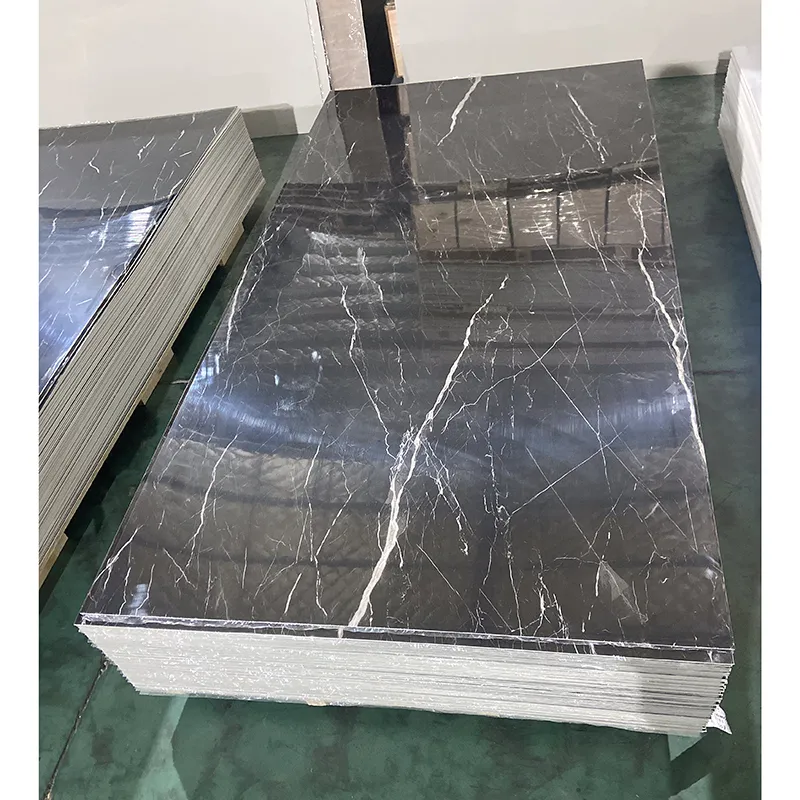
(wpc exterior cladding)
FAQS on wpc exterior cladding
Q: What is WPC exterior cladding?
A: WPC exterior cladding is an outdoor wall covering made from wood-plastic composite materials. It combines the natural appearance of wood with the durability of plastic for exterior use. This material is low-maintenance, weather-resistant, and eco-friendly.
Q: How can I find reliable WPC exterior wall cladding manufacturers?
A: Look for manufacturers with industry certifications and positive customer reviews. Check if they offer a product warranty and detailed installation support. Visiting their facility or requesting samples can also help assess quality.
Q: What are the benefits of WPC cladding for exterior surfaces?
A: WPC cladding is highly durable, resistant to moisture, rot, and insect damage. It also maintains its color and texture longer than traditional wood. This makes it an excellent choice for exterior walls in various climates.
Q: How much does WPC exterior wall cladding cost?
A: The price of WPC exterior wall cladding typically ranges from $20 to $50 per square meter. Costs may vary based on thickness, brand, finish, and installation complexity. Bulk purchases from manufacturers may offer better rates.
Q: Is WPC exterior cladding easy to install?
A: Yes, WPC exterior cladding systems are designed for straightforward installation. Most manufacturers provide installation guides or recommend professional installers. Proper installation ensures longevity and maximum performance.
-
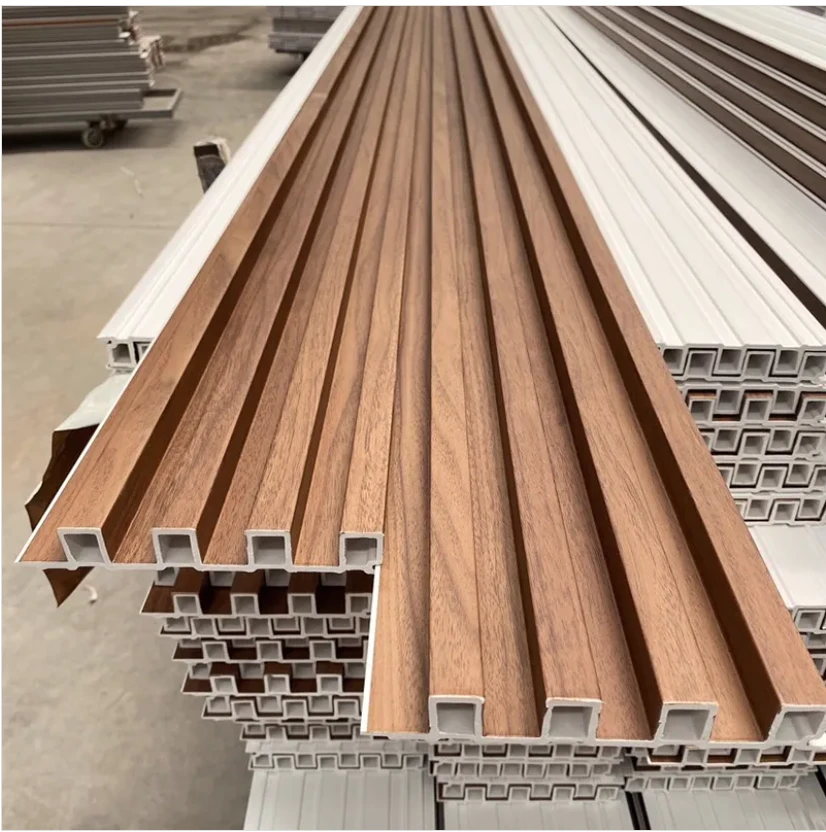 WPC Wall Panel Outdoor Weather ResistanceModern exterior design solutions increasingly utilize WPC exterior wall cladding for its exceptional durability and aesthetic appeal.Read More >
WPC Wall Panel Outdoor Weather ResistanceModern exterior design solutions increasingly utilize WPC exterior wall cladding for its exceptional durability and aesthetic appeal.Read More >Aug 05 2025
-
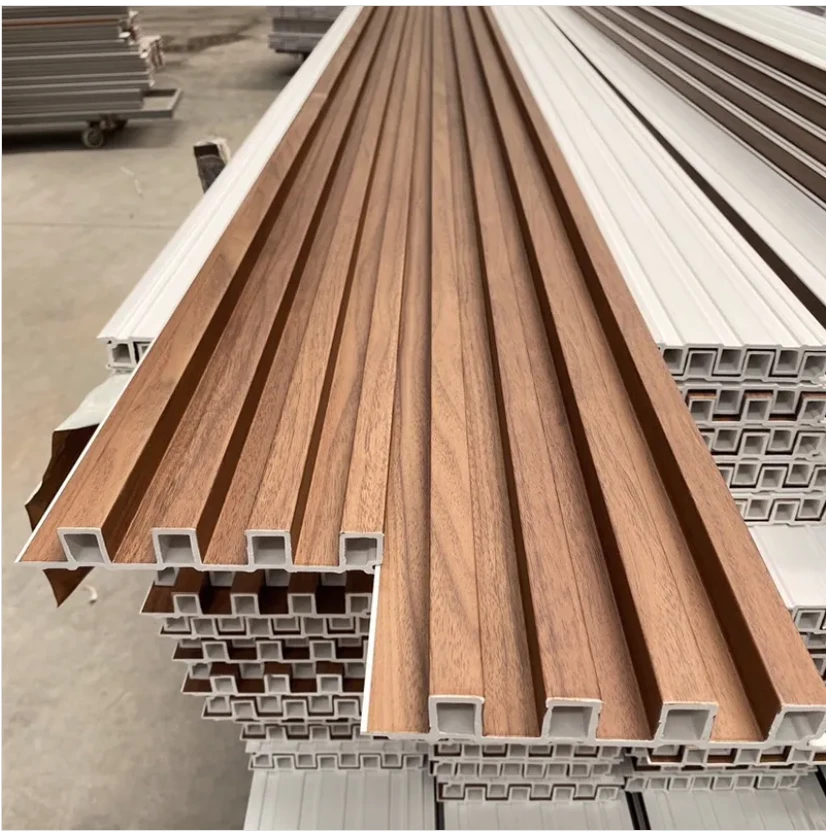 WPC Wall Panel for Wine CellarsThe ideal wine cellar requires specialized wall solutions that perfectly balance functionality and aesthetics.Read More >
WPC Wall Panel for Wine CellarsThe ideal wine cellar requires specialized wall solutions that perfectly balance functionality and aesthetics.Read More >Aug 05 2025
-
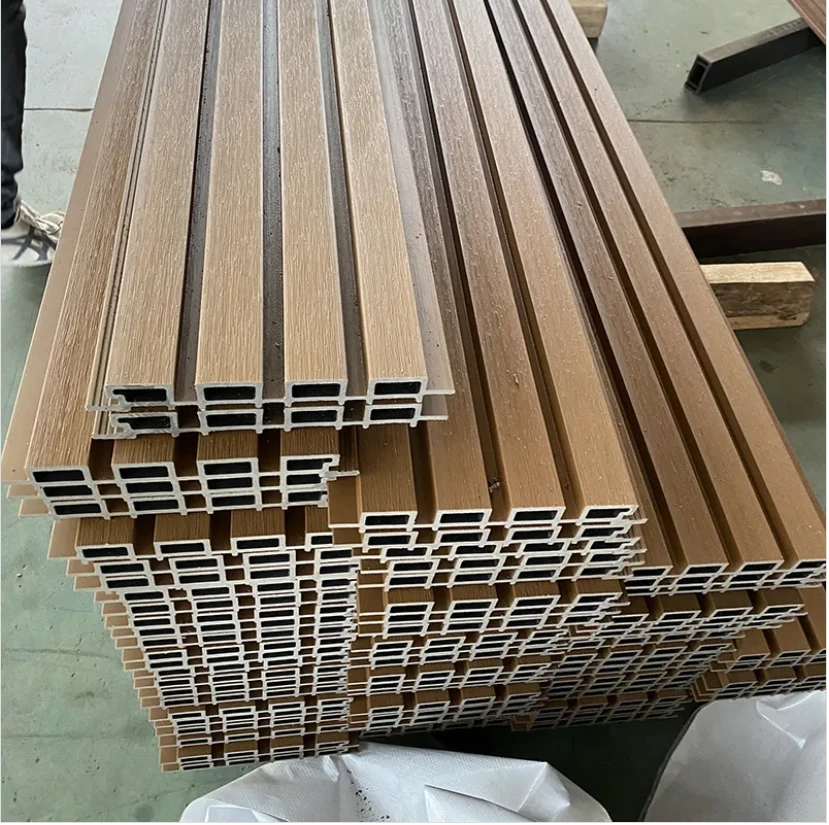 WPC Wall Panel Expansion GapsProfessional installation of WPC wall cladding requires meticulous attention to expansion gap requirements to ensure long-term durability and aesthetic performance.Read More >
WPC Wall Panel Expansion GapsProfessional installation of WPC wall cladding requires meticulous attention to expansion gap requirements to ensure long-term durability and aesthetic performance.Read More >Aug 05 2025
-
 SPC Flooring Stone Look Outdoor UseOutdoor living spaces now benefit from durable and stylish SPC floor tiles that combine the beauty of natural stone with exceptional performance.Read More >
SPC Flooring Stone Look Outdoor UseOutdoor living spaces now benefit from durable and stylish SPC floor tiles that combine the beauty of natural stone with exceptional performance.Read More >Aug 05 2025
-
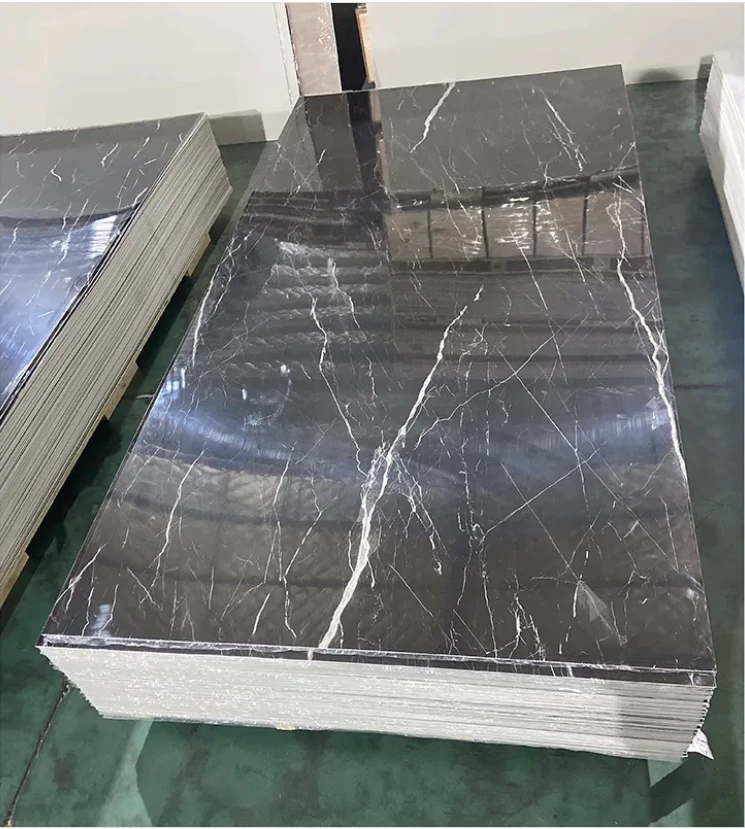 Marble Effect PVC Panels Color OptionsModern interior design increasingly utilizes marble effect PVC panels for their luxurious appearance and practical benefits.Read More >
Marble Effect PVC Panels Color OptionsModern interior design increasingly utilizes marble effect PVC panels for their luxurious appearance and practical benefits.Read More >Aug 05 2025




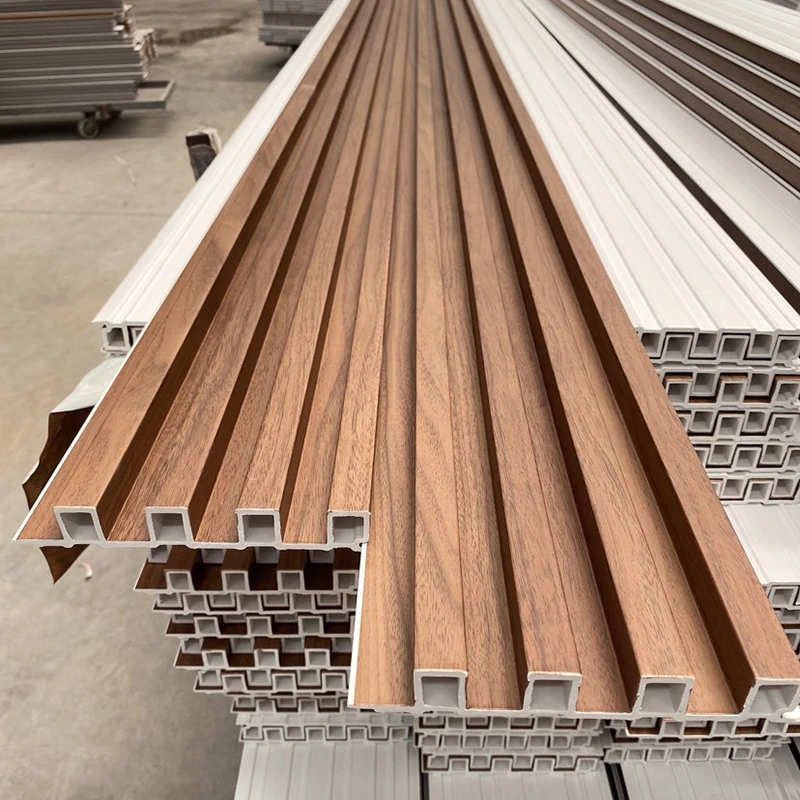
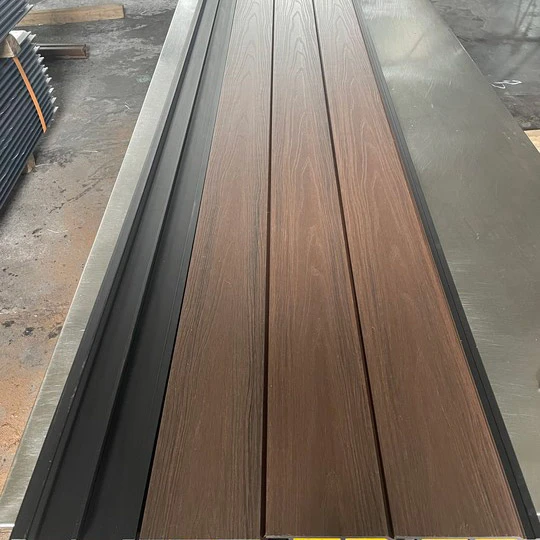

 +86 31185293045
+86 31185293045  qian@ss711.com
qian@ss711.com 















